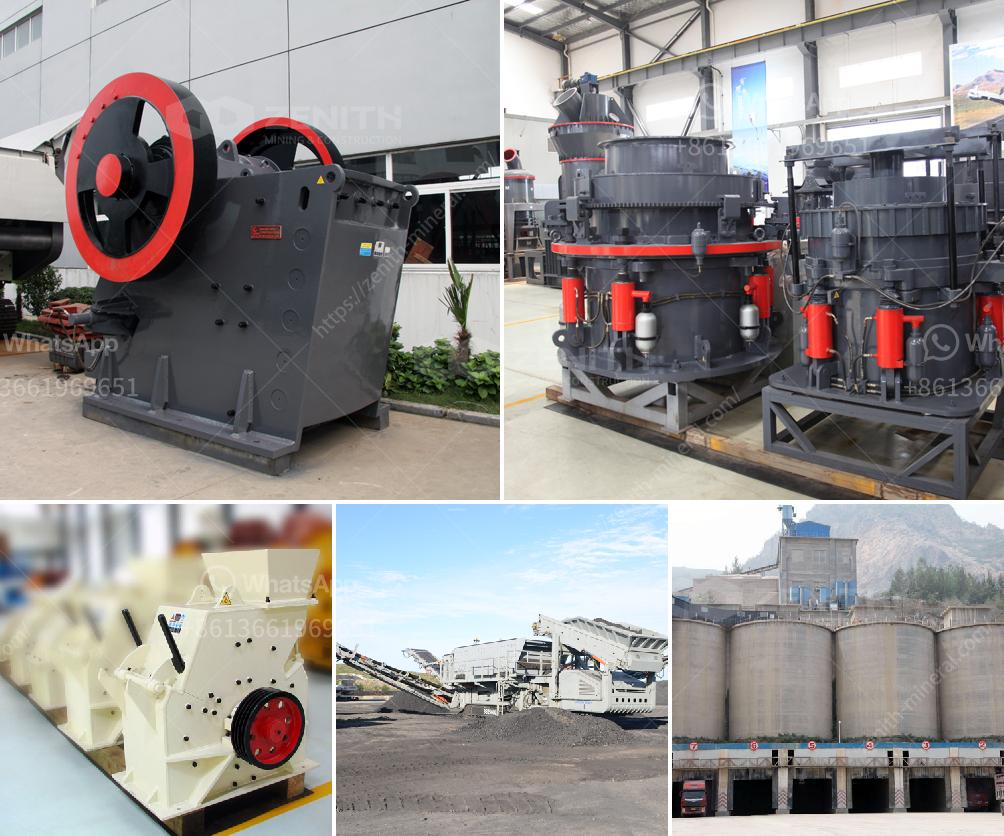The process of crushing iron ore to prepare it for further processing involves several key steps:
Primary Crushing: Large pieces of raw iron ore are fed into a jaw crusher for the first stage of crushing. The jaw crusher breaks down the large rocks into smaller, more manageable pieces.
Secondary Crushing: The output from the jaw crusher is then transferred to a cone crusher or impact crusher for secondary crushing. This further reduces the size of the ore particles, making them even easier to handle.
Screening: After secondary crushing, the material is screened to separate the ore particles by size. Any oversized material is generally returned to the crushers for further reduction.
Tertiary Crushing: In some cases, tertiary crushing is necessary to achieve the desired particle size. This stage involves using additional crushers, such as cone crushers or high-pressure grinding rolls (HPGR).
Stockpiling: The crushed ore is then stockpiled and sorted, ready for the next steps in processing, which often includes grinding and concentration.
This multi-stage process ensures that the iron ore is sufficiently reduced in size and prepared for further processing activities like beneficiation and pelletizing, enabling efficient extraction of iron.

